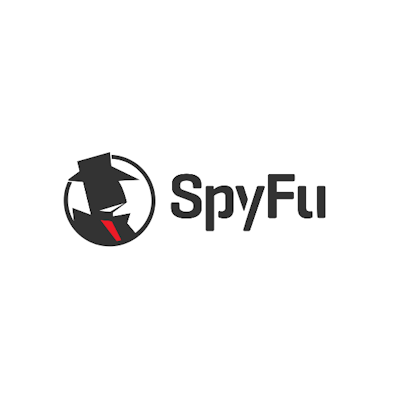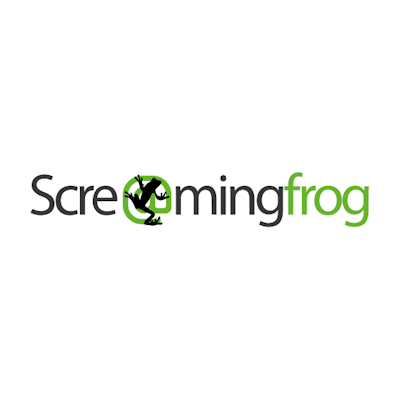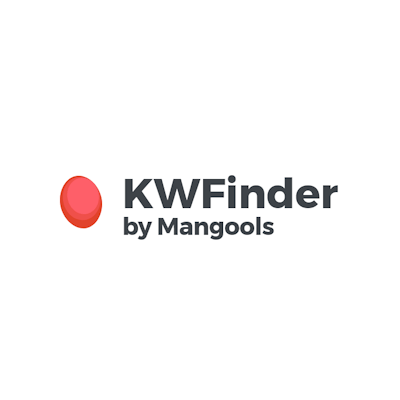Top 10 Tools For Search Engine Marketing Success
Search engine marketing (SEM) forms the bedrock of businesses striving for visibility, customer engagement, and ultimate growth. With countless SEM tools saturating the market, it can be a daunting task for businesses to sift through and select the most effective ones. To simplify this process, this article will guide you through the top 10 SEM tools that are crucial to optimize your marketing efforts.

1. Google Ads

At the helm of SEM tools, Google AdWords, rebranded as Google Ads, stands as a global titan. This platform enables businesses to create and display ads throughout Google’s vast advertising network, including its flagship search engine, an array of third-party websites, and a multitude of apps.
Google Ads thrives on its advanced keyword research capability. This feature enables businesses to discover top-performing keywords that harmonize with their business model and target audience. These keywords are then utilized to craft custom ads that appear in user searches related to the keyword.
Moreover, Google Ads operates on a pay-per-click (PPC) model, which means businesses incur costs only when users click their ads. This cost-efficient method, combined with Google’s exhaustive analytics, enables businesses to adapt their campaigns on the fly and augment their return on investment (ROI).
Another valuable feature of this tool includes optimizing for Google’s Featured Snippets. These are special boxes that appear at the top of Google’s search results, designed to quickly answer a user’s query based on the content of a highly relevant and authoritative webpage.
Ranking in the featured snippets can provide a significant visibility boost as they occupy “position zero” in SERPs—a location even above the top organic search results. Featured snippets can come in different forms, including paragraphs, lists, tables, or videos, and they’re particularly common for searches in the form of questions, comparisons, or tutorials.
There are several strategies that businesses can use to increase their chances of appearing in featured snippets:
- Answer Specific Questions: If you know the common questions your audience is asking, you can structure content to answer those questions succinctly and directly. This increases the chances of your content being selected for a featured snippet.
- Use Headers Effectively: Google often uses the structure of a webpage to determine its relevance to a search query. By using headers (H1, H2, H3, etc.) effectively, you can make it easier for Google to understand and select your content for featured snippets.
- Create High-Quality Content: As with all aspects of SEO and SEM, the quality of your content matters. Google aims to provide users with the most useful, accurate, and comprehensive answers to their queries. By ensuring your content is high-quality and authoritative, you increase the chances of ranking in the featured snippets.
To learn more about the tip on how to rank for Google’s featured snippets, you can check out this article from Boldist.
2. Bing Ads

While Google commands the global search engine arena, Bing holds its ground with its advertising platform, Bing Ads, now known as Microsoft Advertising. Despite having a smaller share than Google, Bing reaches unique demographics and provides a worthwhile alternative to Google Ads.
Like Google, Bing also employs a PPC model and offers similar features for keyword research and ad placement. However, due to less competition, Bing often offers lower cost-per-click (CPC) rates, making it an excellent choice for small to midsize businesses aiming to stretch their advertising budgets.
3. SEMRush

Widely recognized for its comprehensive suite of digital marketing tools, SEMRush is a one-stop shop for businesses looking to extend beyond SEM. SEMRush offers robust keyword research capabilities, enabling you to discover high-volume keywords, long-tail keywords, and track the ranking of your own keywords over time.
A standout feature of SEMRush is its competitive analysis capabilities. You can monitor your competitor’s strategies—from the keywords they’re targeting to their ad spending. This intelligence allows you to adjust your strategies in real-time and stay ahead of the curve. Furthermore, SEMRush provides site audits, backlink analysis, and other SEO features that can optimize your website for improved search engine results page (SERP) rankings.
4. Ahrefs

Ahrefs is another comprehensive SEO and SEM tool loved by marketers globally. Like SEMRush, it offers keyword research, competitive analysis, backlink research, and website auditing.
Ahrefs boasts a particularly extensive backlink index, which allows you to delve deep into your website’s backlink profile and understand its effect on your SERP rankings. Also, its keyword research tool is user-friendly and detailed, providing essential keyword data such as search volume, keyword difficulty, and related keyword suggestions.
5. Moz

An all-in-one solution, Moz provides businesses with a wide array of tools for keyword research, SEO audit and crawl, backlink research, rank tracking, and more. Its Keyword Explorer tool offers an unparalleled level of detail in keyword research, providing metrics such as search volume, keyword difficulty, organic click-through rate (CTR), and more.
What sets Moz apart from others is its vibrant community and extensive educational resources. The Moz community is known for being one of the most active SEO communities worldwide, and their blogs and webinars provide an in-depth understanding of the ever-changing SEO and SEM landscape.
6. SpyFu

SpyFu, as the name suggests, allows you to “spy” on your competitors. It’s a unique SEM tool designed for competitive analysis. By simply typing in a competitor’s URL, you can access data detailing their PPC and SEO strategies and track their ranking history for specific keywords.
Armed with this intelligence, you can replicate successful strategies, identify opportunities your competitors may have missed, and ultimately gain a competitive edge in your market.
7. Google Trends

Google Trends, although not strictly an SEM tool, is a powerful ally in any marketer’s arsenal. It helps users understand the popularity of specific search terms over time, thereby providing insights into trending topics, seasonal trends, and regional popularity of keywords.
These insights are invaluable for businesses looking to anticipate shifts in demand, plan marketing campaigns effectively, and create content that taps into trending topics. Utilizing Google Trends can significantly improve your SEM performance by aligning your campaigns with consumer interest.
8. WordStream

WordStream is an online advertising management platform that streamlines the process of managing and optimizing Google, Bing, and Facebook ads. WordStream’s standout feature, the 20-Minute Work Week, guides users on actionable steps they can take to improve their PPC campaigns, such as optimizing ad text or adjusting bids.
In addition, WordStream’s Performance Dashboard presents an easily digestible overview of your campaigns’ performance across different platforms. This holistic view of your campaign performance makes tracking and optimization far more efficient.
9. Screaming Frog SEO Spider

The Screaming Frog SEO Spider is a website crawler with a focus on SEO, but it also brings immense value to SEM. It can “crawl” through your website’s URLs to analyze and audit technical and onsite SEO. This includes discovering broken links, analyzing page titles and metadata, auditing redirects, identifying duplicate content, and much more.
By ensuring your site is technically sound, you increase your website’s quality score, a key determinant of your search ranking. A higher quality score can significantly improve both your organic and paid search rankings, making the Screaming Frog SEO Spider an important tool in your SEM toolbox.
10. KWFinder

Rounding off our top 10 list is KWFinder, a tool best known for its robust keyword research capabilities. KWFinder offers keyword suggestions, in-depth keyword analysis, and key SEO metrics such as search volume, keyword difficulty, and competition data.
A unique feature of KWFinder is its local keyword research capability. It allows businesses to target specific geographical areas, an invaluable feature for local businesses or businesses aiming to expand into new markets.
Wrapping Up
As HubSpot puts it, the right SEM tool for your business largely depends on your business needs, budget, and the scale of your campaigns. A firm understanding of each tool’s functionalities can help you leverage them effectively and design successful SEM strategies. Regardless of whether it’s through comprehensive tool suites like SEMRush and Ahrefs, or more specialized tools like SpyFu and KWFinder, the key to successful SEM lies in a continuous cycle of learning, testing, and optimizing. In the ever-evolving world of digital marketing, staying current and adaptable is paramount to achieving SEM success.
About the Author

Cameron Hayes is a seasoned digital marketing professional with a decade’s experience in Search Engine Marketing. Passionate about simplifying the complexities of SEM, Cameron empowers businesses to succeed in the digital space. Away from SEO trends and keyword research, they enjoy exploring nature trails and savoring the perfect cup of coffee.






